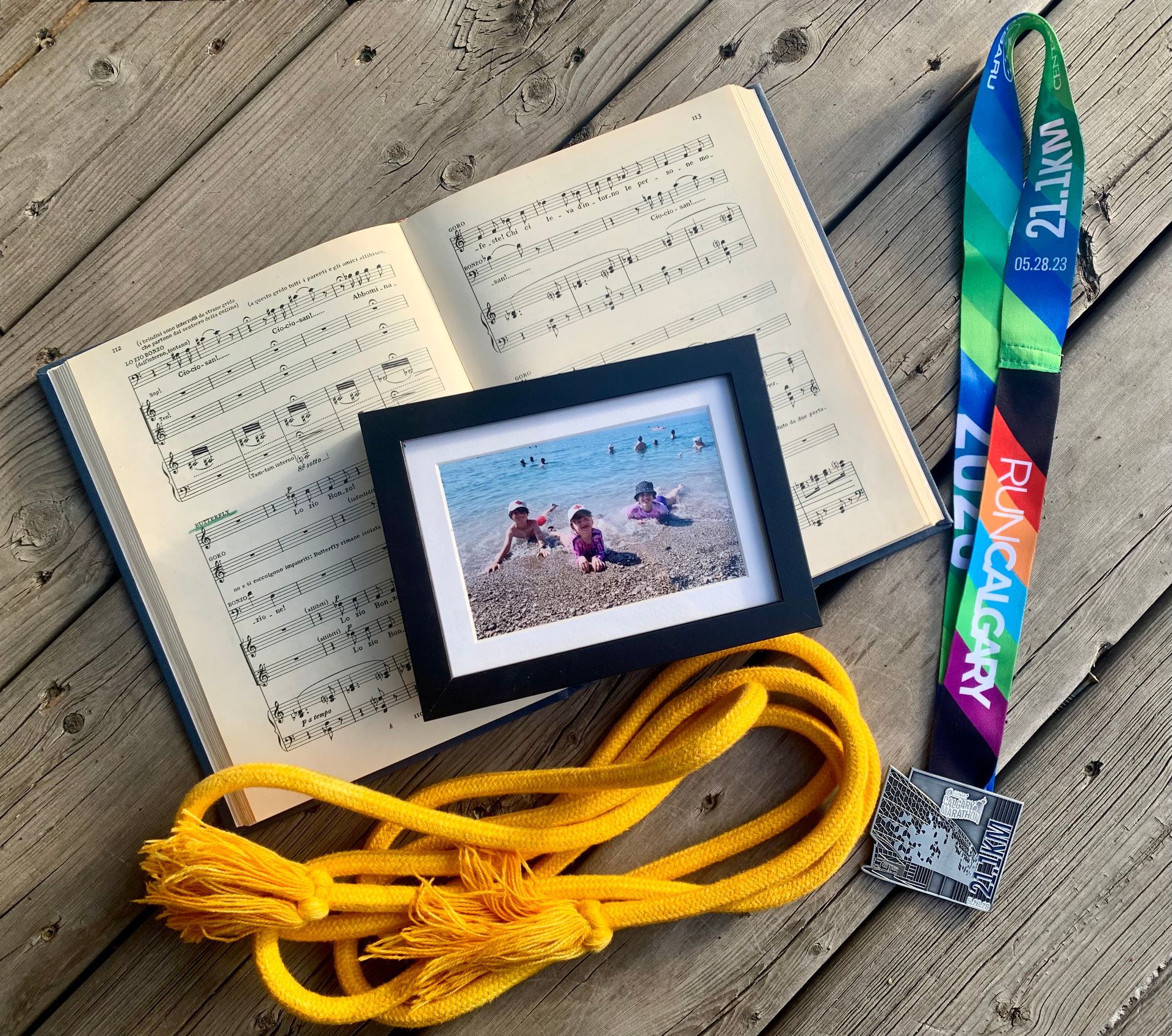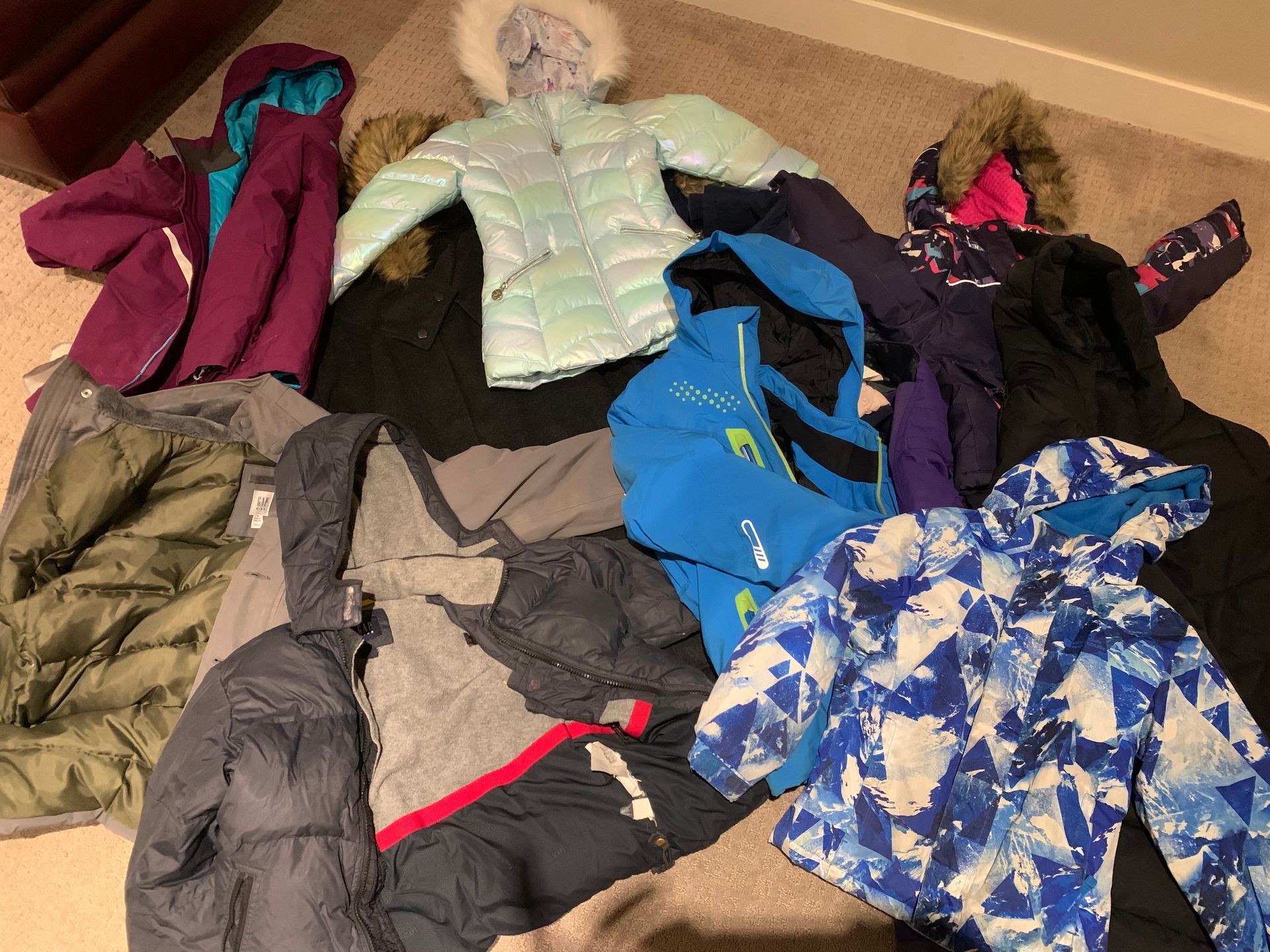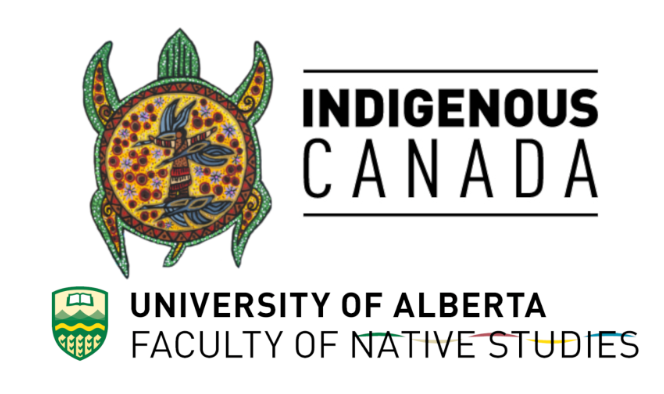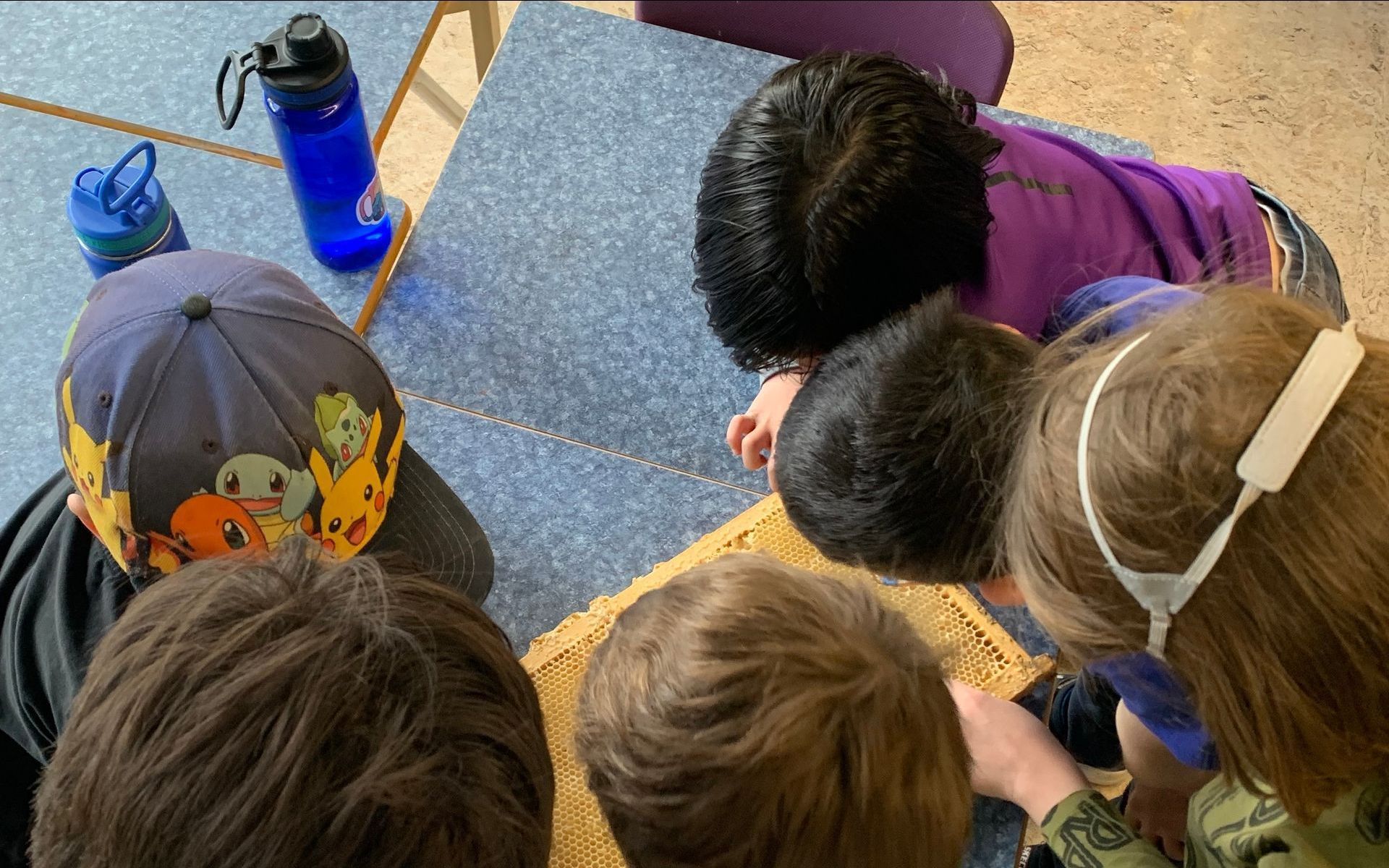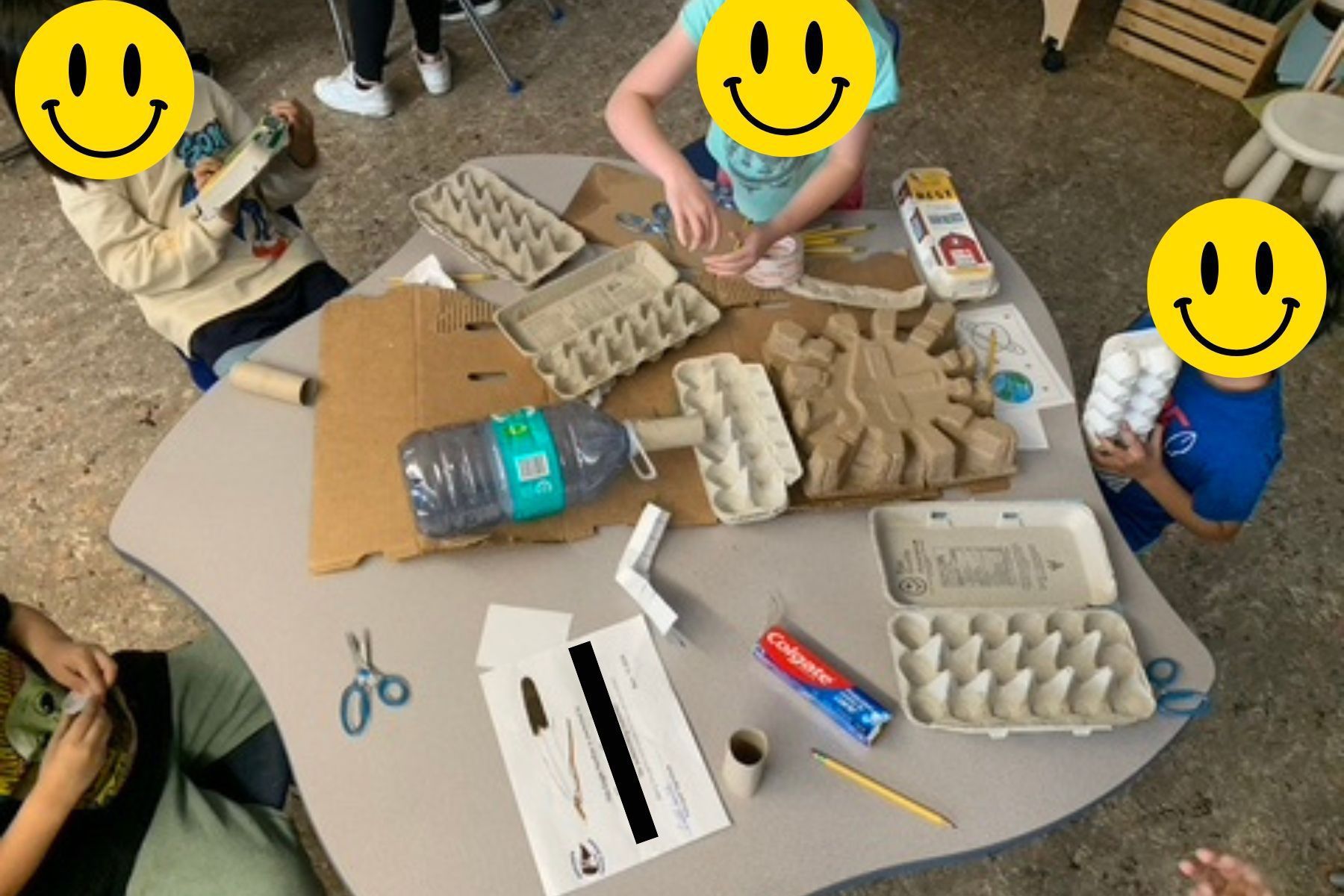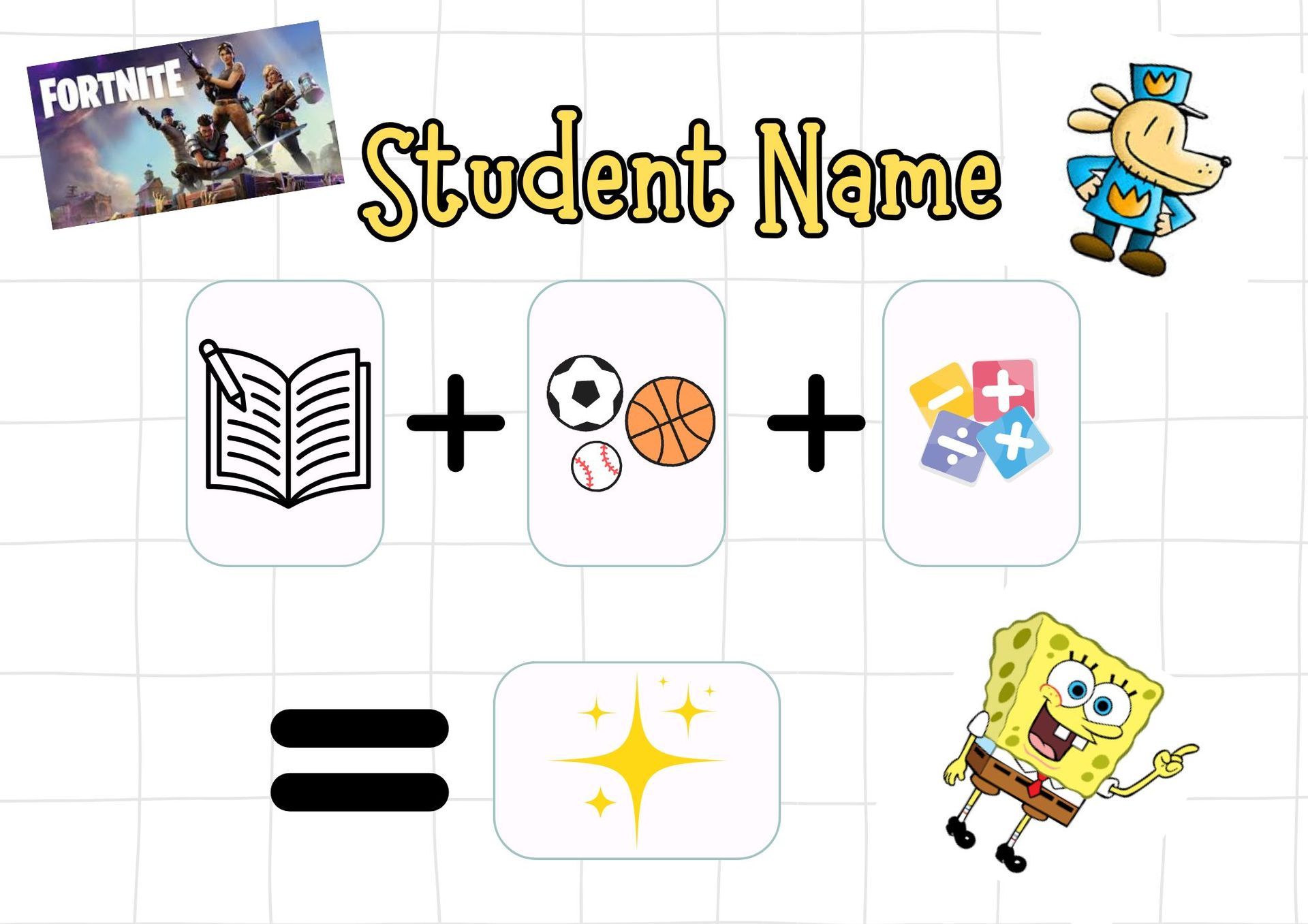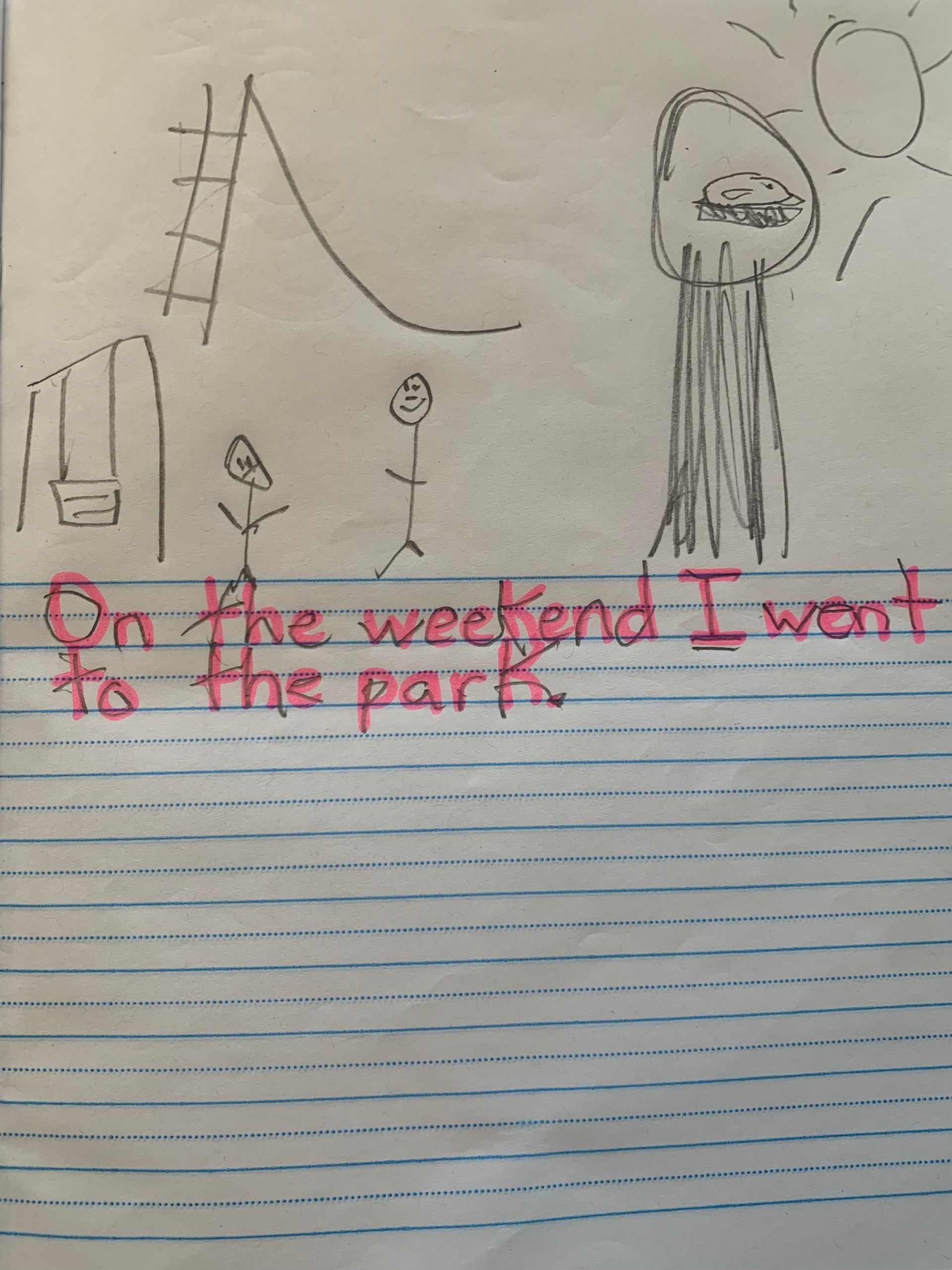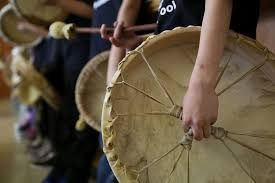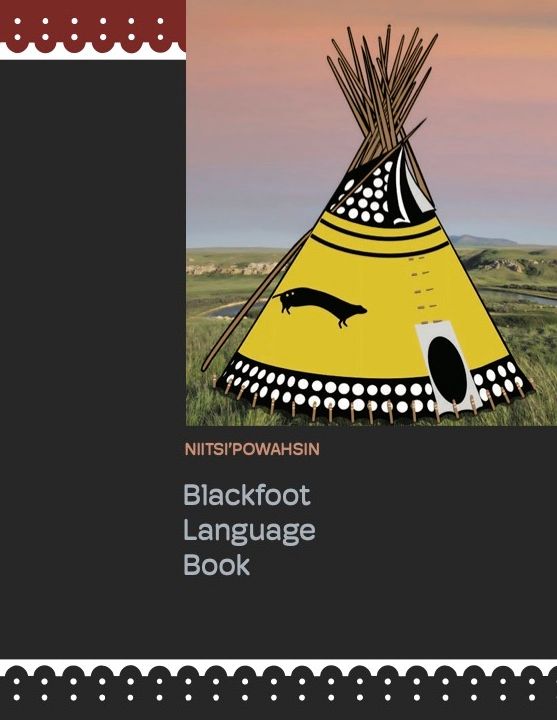Teaching Quality Standard
Fostering Effective Relationships
In my field experiences I have built
positive and productive relationships with students
by sharing personal artifacts about myself such as extra-curricular activities, pictures of my family, and fun facts about myself. These introductions have laid the foundation to connect over common interests, and encourages students to share aspects about their own lives. This practice has served as a foundation for building new relationships and gaining a stronger understanding of the students. My field III teaching partner noted in my final review my dedication to building relationships in the classroom and noted how present I was with the class. It was also highlighted my ability to work as a team and my efforts to build relationships with staff. I
demonstrated empathy and a genuine caring for others
by partnering with another Calgary Board of Education school to organize winter items donations for students in need at my school. To inform my teaching practices, I check in with students daily during the breakfast program to understand their overall wellness - such as, how well they slept, their excitement level to be at school, and any other information they wish to share.
Engaging in Career-Long Learning
I engage in
career long professional learning
by independently seeking out professional development opportunities, such as the University of Alberta Indigenous Canada course, and the online course, Braiding Sweetgrass for Educators facilitated by Monique Gray Smith. These experiences have strengthened my skills and perspectives, deepening
my understanding of First Nation, Métis and Inuit worldviews. I seek research on social-emotional curricula such as the The Zones of Regulation, and We Thinkers!, to apply evidence-based strategies
applying educational research to improve my practice. Additionally, I have actively pursued observational teaching opportunities in my community schools beyond my field experiences
building capacity in supporting student success in inclusive, welcoming, caring, respectful and safe learning environments. To stay current with
emerging technologies, I dedicate time to exploring and experimenting with tools such as Canva for Teachers, Google Classroom, artificial intelligence and Seesaw to
enhance my knowledge and inform my practice.
Demonstrating a Professional Body of Knowledge
I thoughtfully construct differentiated lesson plans using backwards design process. This ensures all activities, assessments, and instructional strategies address the learning outcomes outlined in programs of study meeting the needs of all learners. In my final field III evaluation, my field supervisor commented my lesson delivery was engaging, attentive and considered the needs of my students in a unique setting. This approach is demonstrated in my lesson plan on the life cycle of bees. Students actively participated in relevant literacy discussions, engaging curriculum-focused movement breaks, hands-on investigation of real beehive frames and varied worksheets and games to provide a balance of formative and summative assessment experience.
In my field experience, I have focused on
considering student variables
incorporating
cultural and linguistic backgrounds.
I strive to include the Blackfoot language, cultural celebrations, and Indigenous ways of knowing into science, math, physical education and literacy. I emphasize
building students’ capacity for collaboration
through lesson plans such as Marble Maze. In this activity, students collectively built a marble maze to demonstrate their knowledge of movement.
High expectations where communicated, and each student’s collaboration was successful due to the pre-teaching of social-emotional regulation techniques, and growth mindset strategies.
Establishing Inclusive Learning Environments
My 13 years of experience as an accredited music therapist (MTA) have provided a strong foundation to support my ability as a teacher to
establish, promote and sustain an inclusive learning environment.
I create a welcoming and
safe classroom where students know their
diversity is embraced.
This is demonstrated by my enthusiasm in greeting each student, and expressing how happy I am to have them in class each day. I ensure safety through predictable routines, fostering open communication, and setting clear classroom management expectations. I am aware of and
facilitate responses to the emotional and mental health needs of student by collaborating with my partner teacher to develop behaviour management systems. I incorporated targeted and specialized supports to enable achievement of the learning outcomes
adapting activities, using manipulatives and visuals, scaffolding instructions through a supportive I do, we do, you do learning approach, and thoughtfully considering students’ abilities when creating small groups. My field III partner teacher noted that my lessons demonstrated an understanding of the varied learning needs in the classroom and provided multiple entry points for each student.
Apply Indigenous Ways of Knowing
Through completing the University of Alberta’s course, Indigenous Canada, I have developed
a strong understanding of historical, social, economic, and political implications of treaties and agreements negotiated with Metis and residential schools and their legacy.
In field III, I
support student achievement
through a whole school approach by participating in daily drumming and smudge ceremonies. These Indigenous rituals foster a sense of belonging and connection. I aim to incorporate opportunities for students to develop
knowledge, understanding, language and perspectives of First Nations, Metis, and Inuit.
In field III, I integrated the Blackfoot Language in all disciplines, and Indigenous ways of knowing and doing to explain curriculum concepts.
I strive to support the learning experiences of students by using resources that accurately reflect and demonstrate the strength and diversity of First Nations, Metis, and Inuit.
My field III partner teacher noted in my final evaluation that I am actively incorporating Indigenous ways of knowing into my lesson planning using research from reliable sources. I am familiar with where to find each school’s unique Truth and Reconciliation commitment and I am eager to support its implementation within the classroom and school community.
Adhering to Legal Frameworks
In field III, I have
demonstrated an understanding of and adherence to the legal frameworks and policies that provide the foundations for the Alberta education system.
I collaborated and discussed with my partner teacher the seriousness and sensitivity when monitoring students who came to school during the winter inappropriately dressed. I have learned the
best interests of an Indigenous child as well as the critical role of building relationships with families to assess and provide the necessary supports to meet their needs. In field III, I attended staff meetings that outlined specific attendance
practices consistent with policies and procedures established by the school authority.
I have a firm understanding of the importance of tracking attendance for not only for academic success but also for administrative purposes. I know the steps and procedures for documenting, follow up and alerting administration for support.
